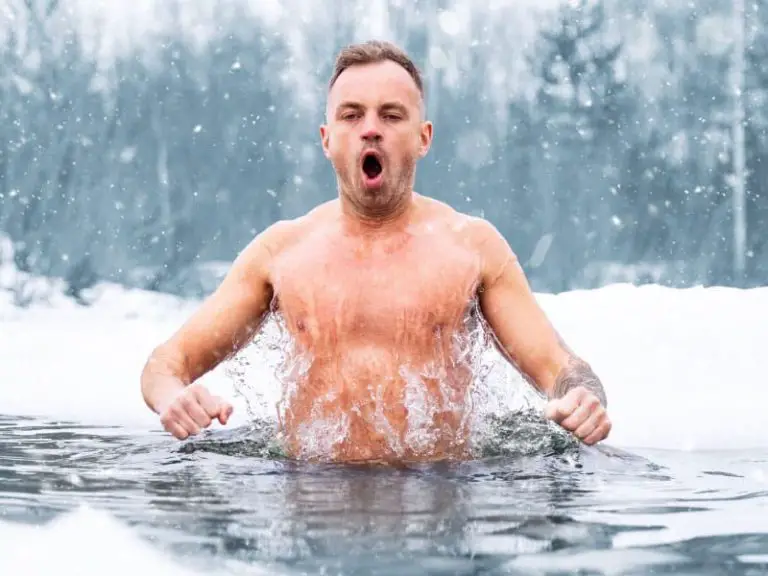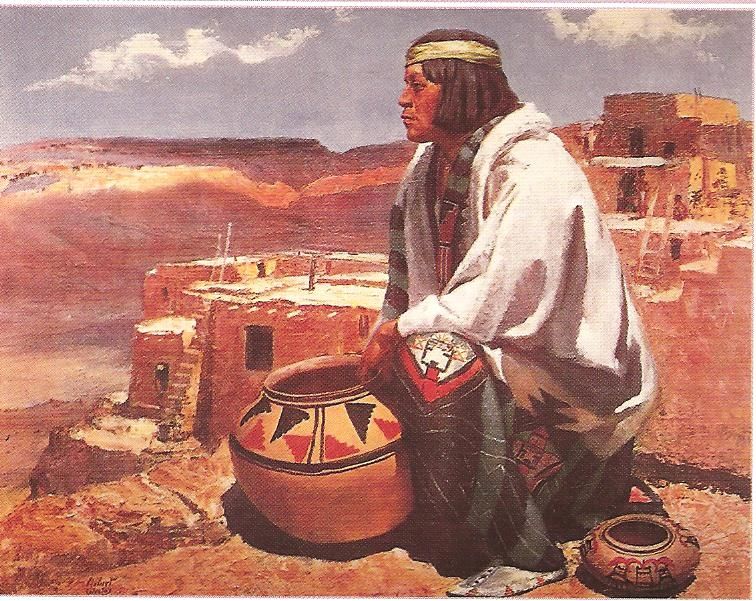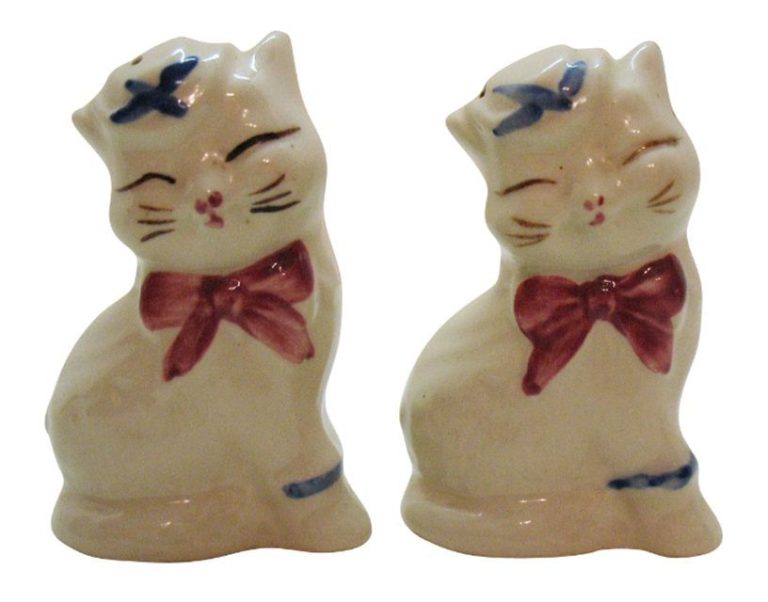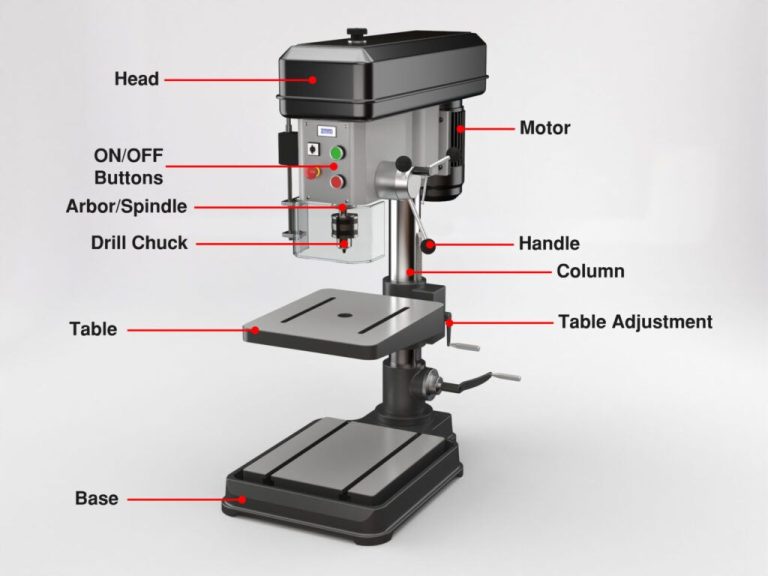Where Can I See Aurora In Wa?
The northern lights, or aurora borealis, are a natural light display that occurs in the sky in the northern hemisphere. They are caused by the collision of charged particles from the sun with atoms in Earth’s atmosphere 1. These charged particles are carried by the solar wind and interact with different gases to create the spectacular colors of the aurora. While the best places in the world to see the northern lights are in the Arctic regions, they can sometimes be seen from Washington under the right conditions.
In Washington, the northern lights are visible on rare occasions—usually during intense solar activity associated with the solar maximum in the 11-year solar cycle. The best locations to see the aurora in Washington are in the northern counties and include places like Bellingham, the San Juan Islands, and Port Angeles. The best time of year is around the Equinoxes in March and September when the night sky is dark. With the right solar activity, clear skies, and darkness, the northern lights can create an unforgettable sight from Washington.
What Causes Aurora?
The beautiful light displays of the aurora are caused by collisions between charged particles from the sun called the solar wind and gases in the Earth’s atmosphere.
The solar wind streams outward from the Sun at speeds of about 1 million mph (1.6 million km/hr). It is made up of electrons and protons that have escaped the Sun’s outer atmosphere, called the corona. These charged particles are drawn into Earth’s magnetic field near the poles and collide with atoms of oxygen and nitrogen in the upper atmosphere. During these collisions, the atoms give off photons of light, which we see as the colorful glows of the aurora.
The movements and interactions of solar wind cause fluctuations in the strength of the magnetic field around Earth. Variations in the magnetic field direct the charged particles along different paths. When the field strengthens, more particles hit the atmosphere and put on a brilliant display of the aurora. When the field weakens, fewer particles reach the atmosphere, and the auroral lights are less intense.
The shape of the aurora depends on which gas atoms are hit. Collisions with oxygen give off green and brown-red light, while nitrogen glows blue or red-purple. The light often appears as tall rays or waving curtains that seem to dance across the sky.
So in summary, it is the dance between particles streaming from our Sun and gases high in our atmosphere that creates the beautiful glows of the aurora around the poles.
Sources:
https://www.rmg.co.uk/stories/topics/what-causes-northern-lights-aurora-borealis-explained
Solar Cycles and Aurora
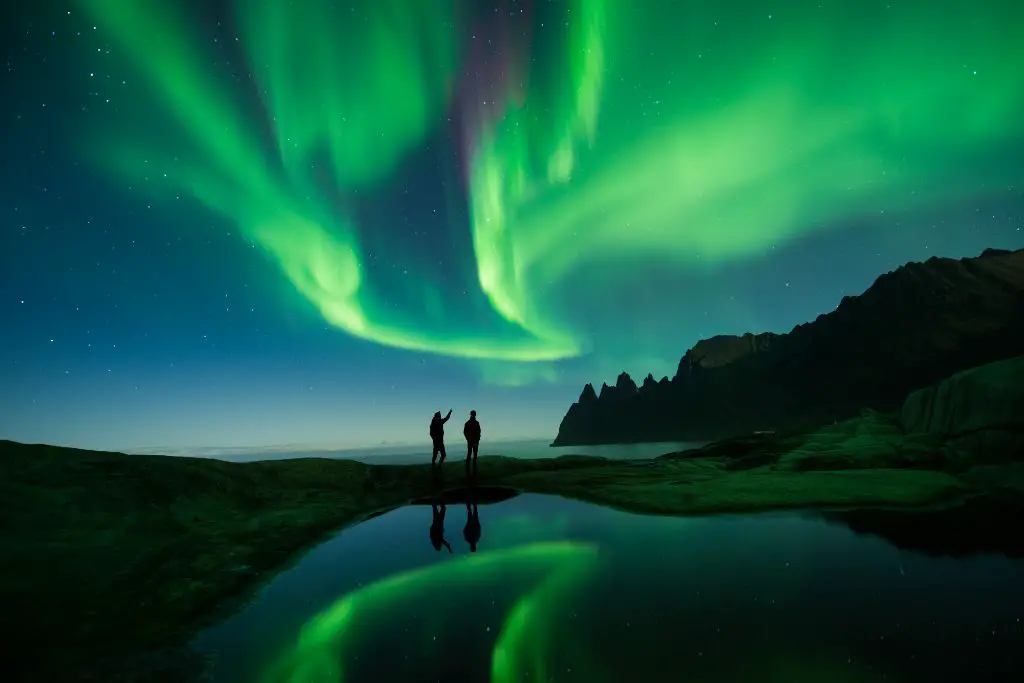
Aurora activity increases during the solar maximum phase of the approximately 11-year solar cycle. The sun follows a pattern of activity highs and lows, with the greatest number of sunspots and solar flares occurring during the solar maximum. According to NASA, the next solar maximum is predicted to occur in July 2025 1.
During a solar maximum, the increased solar activity results in more frequent coronal mass ejections and solar storms. These events send a surge of charged particles towards Earth that interact with gases in our atmosphere to produce stunning light shows in the form of the northern and southern lights. The 4-5 years surrounding the solar maximum are prime aurora viewing, with more active and widespread auroral displays.
The current solar cycle, known as Solar Cycle 25, is expected to peak in 2025 and produce a strong maximum. This means the coming years will offer ideal conditions to see the northern lights across northern latitudes. Planning an aurora-viewing trip between 2023-2027 will provide the best chances to catch dazzling displays across the night sky.
Best Locations in WA
Some of the best locations in Washington state to see the northern lights are in the northern regions near the Canadian border. This includes places like the Northwest Cascades and the San Juan Islands, which offer dark skies perfect for aurora viewing.
Look for higher elevations and open views facing north. The remote mountain peaks of the Cascades range provide excellent vantage points. Head to Cascade Pass in the North Cascades National Park for a prime aurora viewing spot.
The San Juan Islands are also a top pick. Views from the northern shores of islands like Orcas, Lopez, and San Juan offer clear sight lines. Morris Graves Park on San Juan Island and Lime Kiln Point State Park on San Juan Island are frequented spots.
Other northern region locations in WA worth checking out are Mt. Spokane, Mt. Baker, and Mt. Rainier which rise above light pollution. For eastern WA, try high ridges in Okanogan, Ferry, and Stevens counties.
Best Time of Year
The best time of year to see the northern lights in Washington is during the fall and winter months when the nights are longer and darker. The long hours of darkness increase the chances of spotting the aurora borealis. The months between September and March offer the most ideal viewing conditions.
Spring and fall equinoxes also present prime aurora viewing opportunities. The equinoxes occur around March 20-21 and September 22-23 every year. During the equinoxes, the tilt of the Earth’s axis is inclined neither away from nor towards the Sun, resulting in equal day and night. This balance of daylight and darkness makes for excellent potential aurora sightings.
According to this Seattle Times article, the best viewing times in Washington are usually between 10pm and 2am when the sky is at its darkest.
Forecasting Aurora
There are several online tools and apps you can use to track solar activity and predict northern lights visibility in real time. The aurora forecast from the University of Alaska Fairbanks provides a color-coded map showing expected aurora visibility around the globe based on current solar wind conditions. You can also check short-term forecasts on sites like Space.com and use the Kp index, which rates disturbances in the earth’s magnetic field on a scale of 0-9, as an indicator of potential aurora activity.
For the most accurate and up-to-date information, consider downloading a specialized aurora forecasting app like My Aurora Forecast or Aurora Alerts. These provide push notifications when the aurora is likely to be visible in your area based on your GPS location. You can also sign up for text or email alerts from services like AuroraWatch UK to get notifications when activity is expected.
While forecasts are not 100% precise, using multiple sources and checking regularly can help improve your chances of catching the northern lights when conditions are right. Apps and alerts make it easy to monitor space weather activity so you don’t miss potential aurora events in the night sky.
Photographing Aurora
Capturing the northern lights in photos requires some specialized camera settings and equipment. Here are some tips for photographing the aurora:
Use a DSLR camera and set it to manual mode so you can control the shutter speed, aperture, and ISO. Set the shutter speed to 5-30 seconds to properly capture the movement of the lights. Use a wide aperture, like f/2.8 or lower, to allow in more light. Crank up the ISO to at least 800, or preferably 1600-6400 if your camera can handle it. Higher ISOs allow you to use faster shutter speeds and lower ISOs.
Always use a tripod when photographing the northern lights. Long exposures like this require extremely steady and stable camera support. Try to find a sturdy tripod that extends high enough for your needs.
Use a wide angle lens like 14mm or 24mm to capture the expansiveness of the night sky. The wider the lens, the more of the aurora you can fit into the frame.
Set your focus to manual and use the live view on your DSLR to find a star to focus on. Zoom in on the star and adjust your focus so it looks as sharp and small as possible. With focus set, you won’t have to refocus between shots.
Experiment with different compositions and perspectives. Try positioning interesting foreground elements like trees or buildings to add depth.
Use a remote shutter release or self timer to avoid blurring from touching the camera during long exposures. The slightest camera shake can ruin a long exposure photo.
Review your images as you shoot and check the histogram. Adjust your settings as needed to achieve optimal exposures. To capture the colors of the aurora, slightly underexpose your images.
Bracket your shots at different shutter speeds, apertures, and ISOs to give you more options later when processing your images.
Pack extra batteries and memory cards so you can shoot for extended periods of time. The aurora can appear suddenly and disappear just as quickly.
Dark Sky Parks in Washington
Washington state has several fantastic dark sky parks that are ideal for stargazing due to their low levels of light pollution. According to Go-Astronomy.com, some of the top designated dark sky parks in Washington include:
- Hurricane Ridge – A designated International Dark Sky Park located in Olympic National Park. It offers stunning views of the Milky Way due to its high elevation and distance from major cities.
- Leadbetter Point State Park – A Washington State Park with minimal light pollution, making it a prime spot for seeing the night sky.
- Mount Rainier National Park – Large sections of this iconic national park are ideal for stargazing, especially Sunrise and Paradise areas.
These parks offer some of the darkest skies in Washington, with little light pollution to obscure views of the stars. Their designation as dark sky parks means they have made efforts to reduce artificial lighting and preserve the natural darkness of night. With clear weather, visitors can observe stars, planets, and even the Milky Way stretching across the sky.
Plan Your Trip
Seeing the northern lights in Washington requires planning for outdoor conditions and cold weather. Be sure to dress warmly with layers, boots, gloves, and a hat. Temperatures can drop below freezing at night when viewing the aurora. Some tours provide cold weather gear, but check ahead of time. Using hand and foot warmers can help make the evening more comfortable. Standing outside viewing the night sky means battling wind, so windproof outer layers are a must. Bring a thermos with a hot drink to help stay warm.
Joining a guided northern lights tour in Washington offers several advantages. Knowledgeable guides choose locations away from light pollution with optimal viewing. They track solar activity and weather to determine the best timing. Local guides have experience photographing the aurora and can assist capturing once-in-a-lifetime shots. Tours provide transportation to viewing areas, avoiding the challenge of finding locations on your own at night. Many offer warm drinks, snacks, outdoor gear, and heated tents or lodges. Choose a small group tour for a personalized experience. Private tours with an expert photographer can help hone your skills. Tours range from basic viewing to multi-day adventures.
Conclusion
Washington state offers some of the best locations in the lower 48 states to witness the stunning natural wonder of the aurora borealis. The northern part of the state provides ideal dark night skies and proximity to the auroral oval, giving visitors a prime opportunity to see the northern lights shimmer and dance across the heavens.
The best locations include far northern towns like Blaine, Bellingham, and the San Juan Islands where light pollution is low and horizons are open to the north. Late summer to early spring, around the equinoxes, are the peak viewing times when solar activity increases. But the aurora can happen anytime, so check forecasts and be ready to head out on short notice when geomagnetic storms occur.
Seeing the aurora is an experience that will create lifelong memories. The glowing lights have inspired people for millennia and connect us to the energy of the sun and our planet. Whether you want to photograph the aurora, appreciate its beauty, or contemplate its mysteries, make plans to witness this celestial wonder for yourself by heading to the prime viewing areas in Washington.


